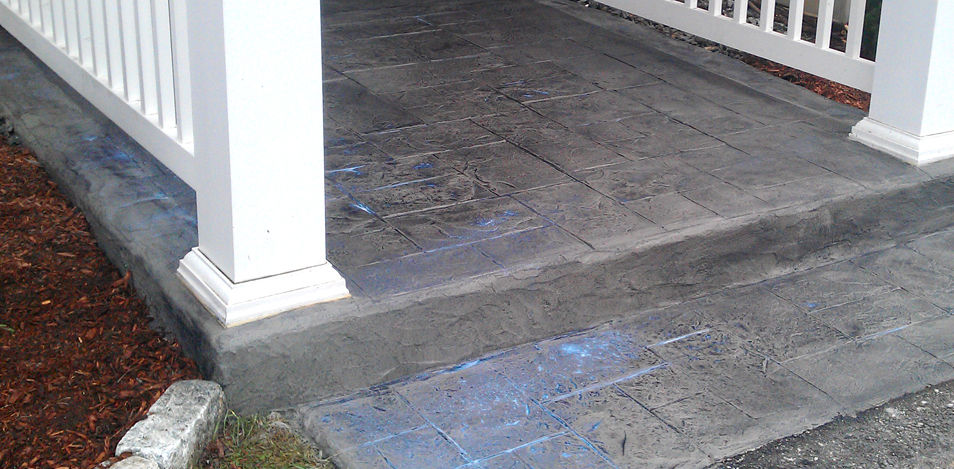

CATEGORIES
CONNECT
Like our facebook page to stay updated on our projects.
ACCREDITATIONS

Non-Shrink Grout
A non-shrink, high strength, non-metallic cementitious grouting compound which may be poured or troweled when used for a variety of anchoring and patching applications. A NON-SHRINK, HIGH STRENGTH, NON-METALLIC CEMENTITIOUS GROUTING COMPOUND WHICH MAY BE POURED OR TROWELED.
$0.00
Product Description
NON-SHRINK GROUT is a non-shrink, high strength, non-metallic cementitious grouting compound specially formulated to maintain its strengths at various consistencies, from flowable to trowelable.
Non-Shrink Grout may be used to grout machinery and structural supports which require non-shrink performance combined with high strength. Its non-bleeding and non-segregating characteristics at fluid consistencies make it an ideal anchoring cement.
USES and ADVANTAGES
• Structural columns.
• Machinery bases.
• Bearing plates.
• Anchoring bolts, posts and railings.
• Powerline stanchions.
• Easy to use, just add water.
• Contains no chlorides, heavy metals or gypsum.
• Usable from flowable to trowelable consistencies.
• Non-shrink, non-bleeding and non-segregating.
• May be used for interior and exterior applications.
• Excellent flexural strength and vibration resistance.
• Watertight, resists salt, many chemicals and oils.
• Excellent freeze-thaw resistance.
• Meets ASTM C-1107.
• Meets CRD C-621.
MIXING
Non-Shrink Grout requires only the addition of water. No other additives should be used. Using a clean container or mortar mixer, add Non-Shrink Grout (at a uniform rate) to clean water and mix to a smooth, lump free consistency for no more than 2 minutes. A good
consistency for most concrete repairs requires 4-1/2 quarts of water per 50 pounds of Non-Shrink Grout. For a flowable consistency up to 6 quarts of water per 50 pounds of Non-Shrink Grout may be used. A flowable consistency is recommended for anchoring bolts, posts or rails. Mix enough material to permit continuous placement. Install immediately after mixing. For smaller applications, hand mixing or drill mixing with a low speed, high torque drill (not to exceed 650 rpm) is recommended. For larger applications (and those at a lower flow), a mortar type mixer with rotating, rubber edged blades is recommended.
